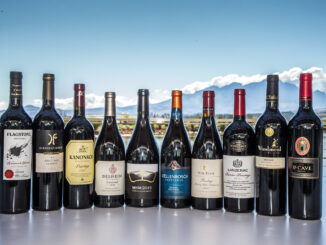
Reliable energy supply cannot be taken for granted in all parts of the world: 1.6 million people worldwide have no access to public electricity networks and are thus “off-grid.” Most of the inhabitants of those regions use lamps that burn fossil fuels like kerosine. This process needs 77 billion liters of kerosine every year and 190 million tons of CO2 are emitted. These kerosine lamps are not only a terrible threat for the environment but are furthermore dangerous for the people and hazardous to health.
Osram was able to develop a sustainable lighting solution for off-grid areas and launched a pilot project in 2008 at Lake Victoria in Kenya. Residents at Lake Victoria were provided with batteries for energy saving lamps, which can be recharged at solar-powered energy stations. Furthermore Osram used a pawnbroking system to provide the residents necessary lighting products that require no connection to a power grid. The so called O-hubs are solar-powered energy stations where residents can recharge the batteries for their off-grid lights and other electrical devices. Hence the he batteries and energy saving lamps can be loaned, residents have to pay only for recharging the batteries. This technology bears benefits for the residents and has only low impact on the environment. Thanks to the O-hubs, an hour of light costs much less than lighting with kerosine due to higher energy efficiency. What’s more, the new lights and lamps are brighter, safer, healthier, and much more eco-friendly than the formerly used fossil-fueled lamps.
The overall aim in many African states is however the further extension of the power grid, also in rural areas. Siemens, one of the pioneers in innovations and technologies, always attempts to provide reliable and sustainable energy supply and access, also under the difficult conditions in many regions in Africa. Therefore Siemens forwards several projects in Africa to provide power in further areas. In 2008 for example two rural areas were connected to the grid. Along the main traffic routes from Keren to Barentu and from Dekemhare to Adi Keih, Siemens installed overhead lines of more than 1,000 kilometers in length, as well as over 150 distribution transformers. By these measures more than 60.000 new consumers could be connected to the grid. And also in Mozambique Siemens was able to improve wide areas of the low-voltage and medium-voltage networks and to construct new networks to strengthen the reliability of the overall power supply. This allowed 2000 consumers to be reconnected to the grid.
Unless otherwise stated, PONIREVO and/or its licensors DO NOT own any intellectual property rights in the website and material on the website. Majority of the site’s content has been scraped and auto posted by a third party artificial intelligence program —– PONIREVO Creation Team.
Proudly WWW.PONIREVO.COM



